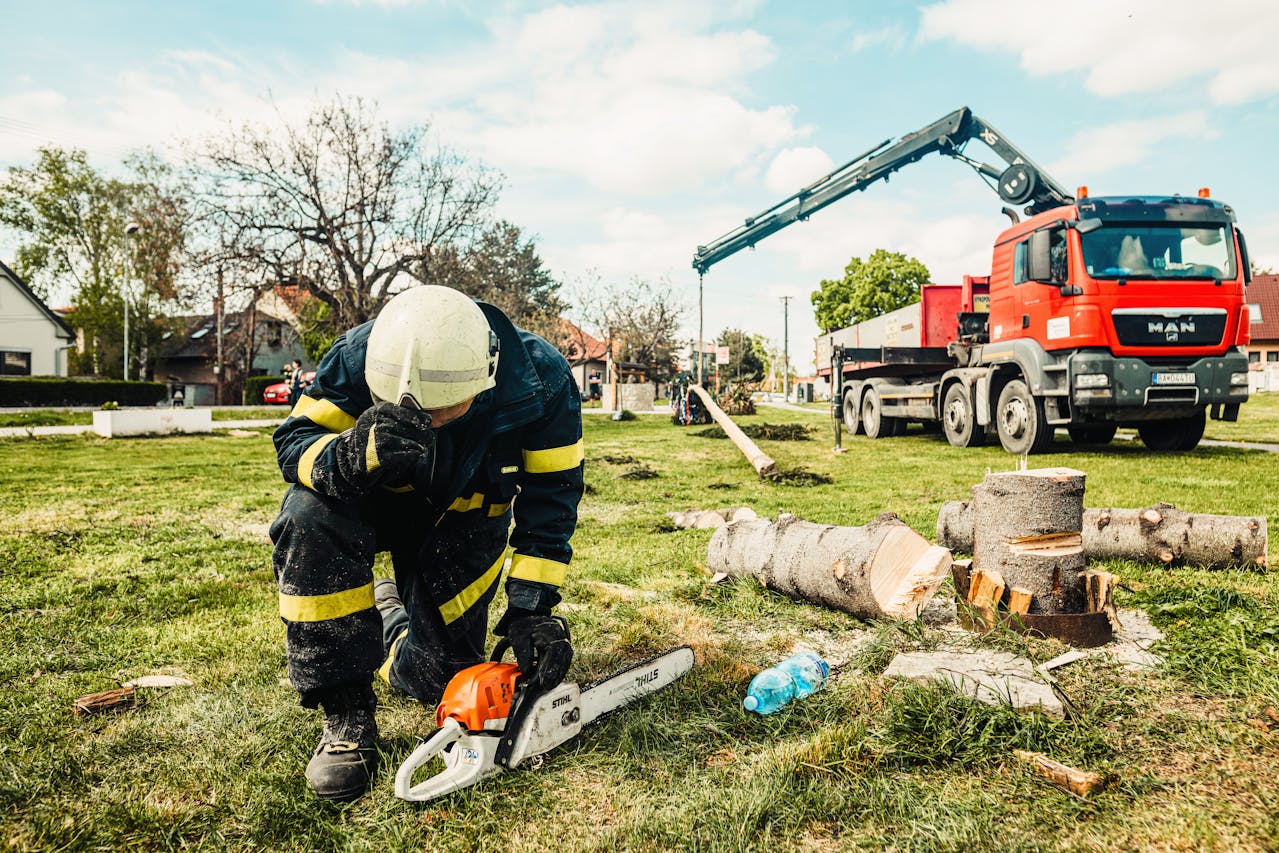Are you considering to change your career? Has being an arborist ever crossed your mind? If you’re fond of managing and pruning trees, this may be your right career path. However, it’s common for people undergoing a career change to get confused about what to do first. Fortunately, arboriculture may not be complicated, especially if your interest aligns with its core values.
In this article, we’ll discuss the basics of arboriculture to help aspiring career changers reach their goals.
1. Understanding Arboriculture
Arboriculture is the management, cultivation, and study of trees and other related species. However, compared to forestry which is about large-scale operations, arboriculture focuses on the well-being of individual trees.
As you know trees are essential in our daily lives. They provide oxygen, wildlife, and shelter, and absorb carbon dioxide, which is why they deserve to be treated with care. Nowadays, with the rate of pollution in the environment, more trees are needed, especially in urban areas, which is why more arborists are needed.
Being interested in arboriculture, and would like to pursue being an arborist, you can get a lot of benefits from it. However, before it happens, you should complete all the requirements first before becoming a professional.
2. Key Responsibilities of an Arborist
The key responsibilities of an arborist include tree trimming, pruning, planting, transplanting, health care, and tree removal. Additionally, as a doctor of trees, you’re needed for consultations and planning wherever trees are being planted in an area.
During local consultations, an arborist usually assesses yard trees and conducts regular pruning and trimming. On the other hand, when it comes to working on parks, playgrounds, malls, and schools, it’s your job to look after the betterment of each tree, by assessing whether a specific spot is beneficial for them. On the other hand, if not, you can also consult the digging and transplanting of trees to a better place.
Usually, trees are transplanted due to poor soil conditions, construction purposes, and potential infestation. If it’s not for the benefit of the trees, developers should adjust, especially since not all trees can be transplanted.

3. Education and Training
Another thing you should do to become an arborist is to get the proper education and training. You can start by getting the right undergraduate degree, such as horticulture, forestry, and other related fields. These degrees usually offer hands-on experiences when dealing with plants and trees. If you want to focus on trees, forestry can be your best option.
Once a degree has been obtained, you can get the certification from a recognised institution. Meanwhile, if you graduated with another degree, as you’re just planning for a career change, you can get a few units of courses that focus on the basics of trees. From there, you can continue with the certification as a beginner. After that, you should get an On-the-Job Training (OJT) to experience practical arborist tasks.
As you improve your experience as an arborist, you can also improve your certifications by taking examinations. Don’t forget to get certified first before accepting projects, especially large-scale ones.
4. Skills and Qualities
Aside from getting a proper education, you should also gain the skills needed to become a successful arborist. Usually, this comes with experience, but you should be aware of it first before taking the risk of changing your career path.
Since you’ll be dealing with various tree sizes and shapes, physical fitness is the first thing you should focus on. In addition, you should mind your problem-solving skills, knowledge of trees and plant biology, and communication skills.
Of course, since becoming an arborist is more about having hands-on experiences, you can gradually learn how to prune and trim trees properly. You can start with the trees in your yard. However, you should be careful not to damage them, especially the older trees. Additionally, you can practise looking at various pests and diseases that can damage trees.

5. Job Opportunities and Career Growth
Having a career change isn’t an easy thing to do, especially since you need to start from scratch. After completing tasks as a trainee, you can jump into being a tree pruner or climber. Next is to achieve being a tree health care specialist where you usually assess and provide the right precautions to save and prevent damages.
Once you gain enough experience, you can become a consultant, where bigger projects are waiting for you. Some of these projects include urban planning and others that involve tree planting and transplanting.
Final Thoughts
Being an arborist, just as being in other fields, requires knowledge, experience, and patience to become successful. Additionally, having a passion for tree care is a plus, especially since it’s a specific kind of career change.
Meanwhile, we hope this article helps you get to know more about arboriculture, and becoming an arborist. If you want to share your thoughts, don’t hesitate to comment below!


